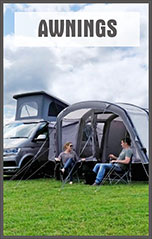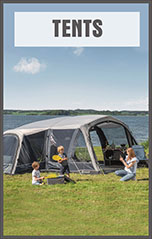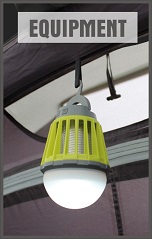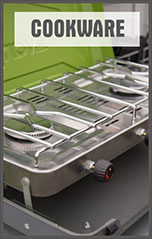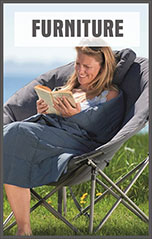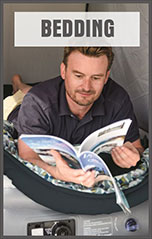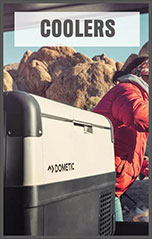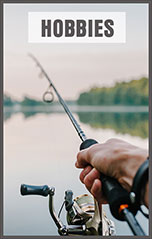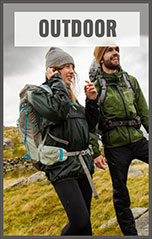Expert Advice on Lightweight Tents
Lightweight Tent BUYING guide
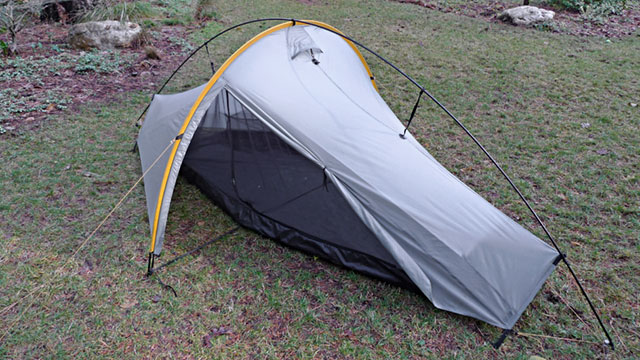
If you enjoy the outdoors and plan on hiking, cycling or canoeing for overnight trips, you are going to need a tent. By the time you factor in all the necessary gear and provisions, your pack could be approaching a daunting weight. The tent is the most important and, more often than not, the heaviest and bulkiest item in a camper’s equipment.
Choosing the Right Tent for the Weather
Camping with a lightweight tent is best suited to summer; lightweight tents are not usually made to withstand freezing conditions or extreme heat. A good lightweight tent will keep out the rain and wind and will reflect back your own body heat, but may not provide adequate protection from harsher conditions. If venturing into extreme weather, it is necessary to choose a tent designed to cater to the elements you expect to encounter, which may mean added weight and bulk.
Choosing the Size of Your Lightweight Tent
Ideal for solo bikers, cyclists, backpackers and trekkers, there are many single-man tentsavailable on the market. The typical features of theses tents are:
- Lightweight – approximately 1.5kg
- Waterproof polyester
- Taped seams for extra durability
- inner tent that is pitched first
- Designed to facilitate a quick and easy pitching process
What to Look for in a Lightweight Tent
The features to prioritise when making a purchase of a tent will depend largely on the activity it is intended for. Keeping this in mind, the key concerns to focus on should be:
- Accommodation; whether single berth, double berth or more
- Whether the tent has a single or double skin
- The size of the floor area and its durability
- Strength and length of the support poles
- The overall dimensions of the exterior tent
- The size of and weight of the tent when packed away
Choosing the Style of Your Lightweight Tent
There are three typical styles to choose from when selecting a lightweight tent: tunnel, dome or pop-up. Geodesic tents are another common tent design, but this style is usually reserved for larger and more permanent camp set-ups.
TUNNEL TENT
- The simplicity of this design makes it a popular choice for campers
- Long and thin in shape
- Supported at the centre by two or more tent poles
- Less stable than other designs on the market, and usually favoured by solo campers
DOME TENT
- A recent design on the market
- As the name implies, these tents are dome shaped. They are supported by two flexible poles, with an optional third pole to create a porch out the front of the tent
- Affordable and simple to pitch and dismantle
POP UP TENT
- A new and innovative design, when unfolded their supports will be released to construct themselves
- Popular for use at music festivals
- Often feature a double skin
- Available for larger camping parties, many made in two- and four-man varieties, and some accommodating up to six campers

